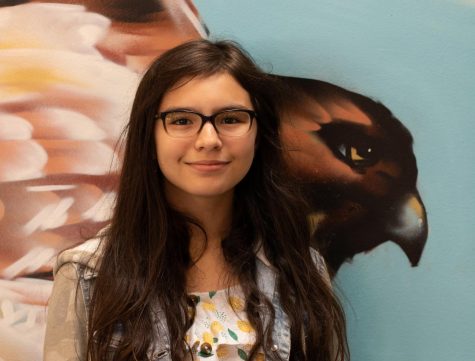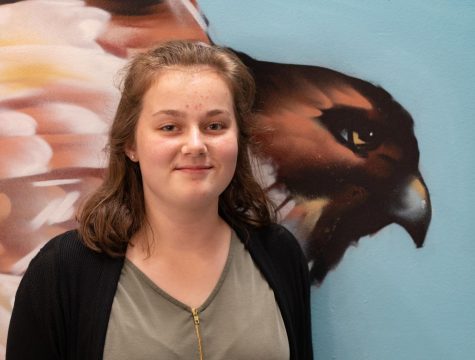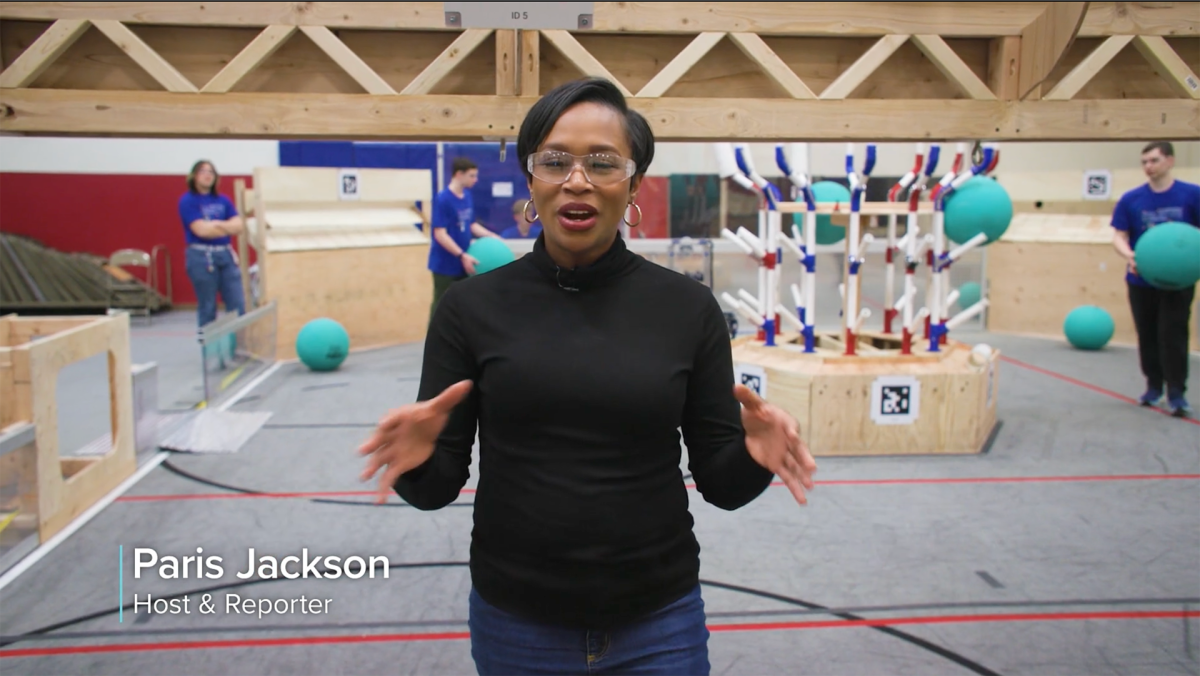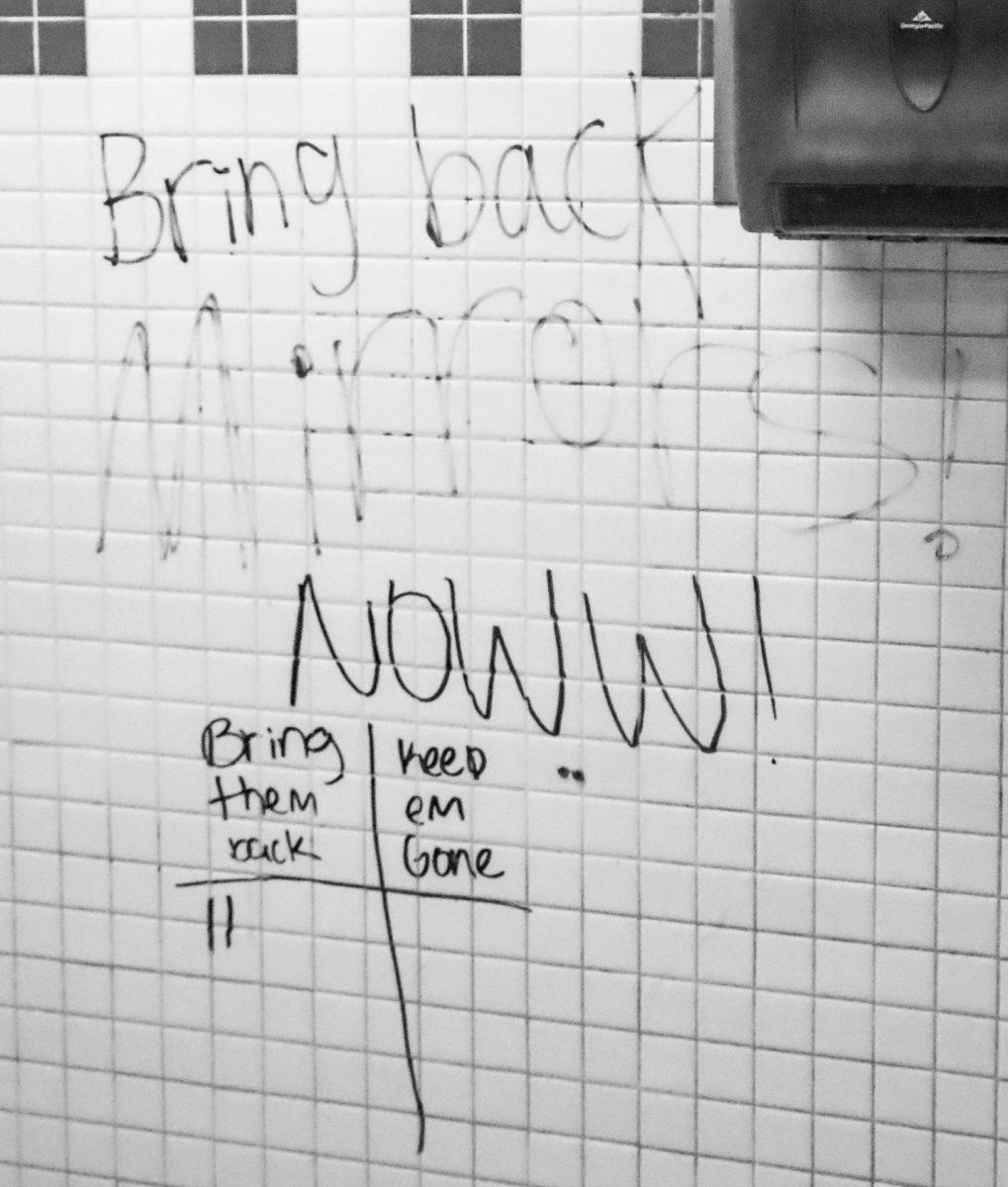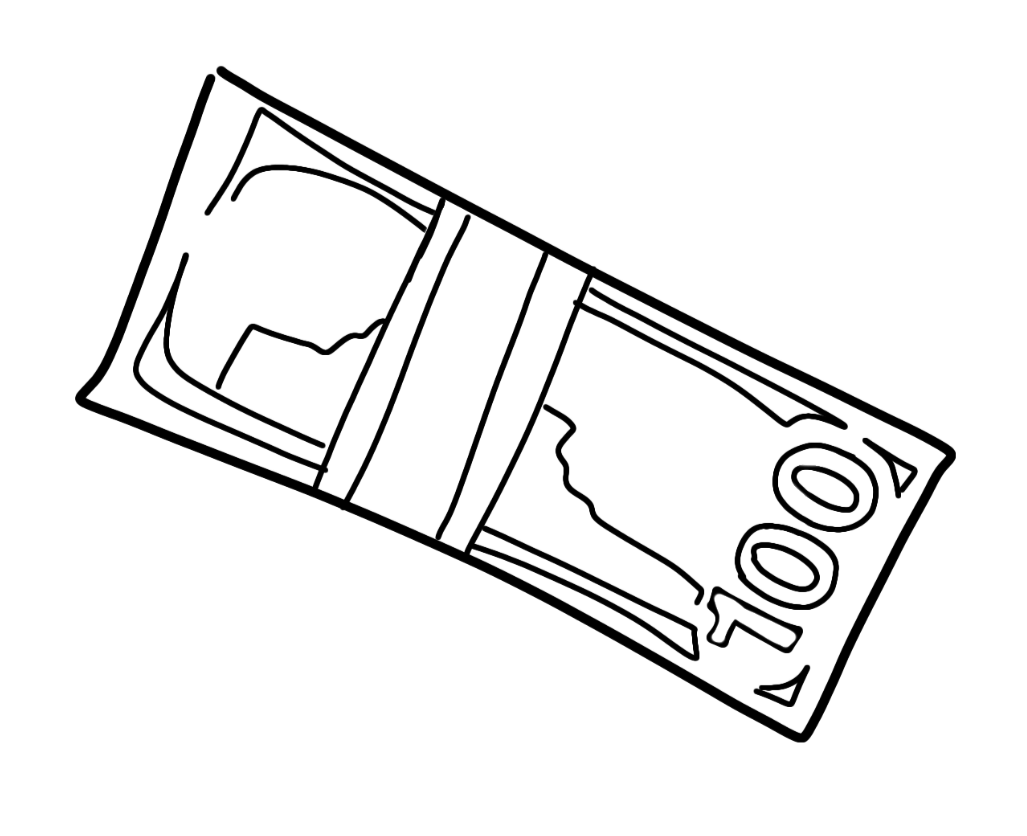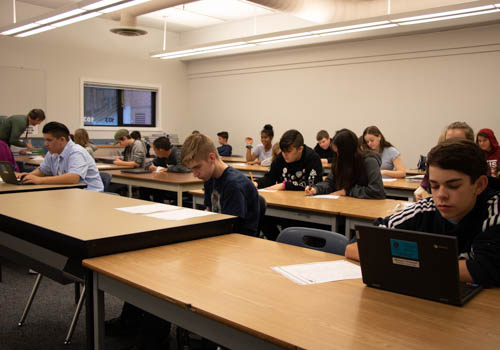
Teachers are struggling to maintain balanced class environments due to an overpopulation of students in many class periods during the 2019-2020 school year. The increase in class sizes has lead to a rising number of safety issues in classrooms across campus.
According to science teacher Adam Welman, the larger amount of students have forced him to bring in extra tables, which could make it harder for students to get to the emergency shower and exit in the back. It also makes lab stations more crowded, which could cause more errors during lab activities.
The same issue was brought up by science teacher Jonathan Tong.
“These rooms weren’t really designed to hold more than 28 students, so putting more than 30 students here is really setting yourself up for a lawsuit,” Tong said.
It is now also harder for special needs students to have their needs met with the larger class sizes, since more crowded conditions create a less personalized classroom environment.
“If you think about it in terms of the number of students you have who have either individual IEPs [Individualized Education Programsor 504 [Plan]s or ELL [English Language Learners] students, you [have] to factor that into it as well…any extra attention or instructions [and] special plans, plans that are accommodating them,” health teacher Todd Weber said. “It’s real difficult when you have 33 kids and 15 of them need accommodations.”
An IEP is a special document that is created for students of the American public school system. An IEP is used by students who have been previously determined to have a disability or require specialized accommodations and it makes it easier for a child to reach their educational goals, of which they otherwise would have had greater difficulty. But an IEP not only helps a student learn, it also helps teachers understand how the student best learns and how they can better their teaching to help them succeed. An IEP is required to be regularly maintained and updated up to the child’s high school graduation or their 22nd birthday.
A 504, on the other hand, is only developed for a child with an identified disability who is also attending an elementary or secondary school. But like an IEP, they receive accommodations that improve their ability to succeed and ensure their equal access to the learning environment.
Some of these large classes, such as Nat Wilson’s ASL classes, Weber’s health classes and Constantine Aristides math classes, don’t have the materials they need for all of their students. These teachers have brought up that they didn’t or still don’t have enough tables and books, as well as simply not having enough space for their large classes.
Many teachers have also reported that, due to large classes, they’ve had to change their teaching styles and the ways in which they frame their assignments. Larger classes create more assignments to grade, which in turn gives teachers less time to plan instruction. It also puts a wall between students and teachers by making it harder for them to get to know each other personally. In crowded classrooms, it is also more difficult for teachers to understand how to help students succeed based on their individual needs.




